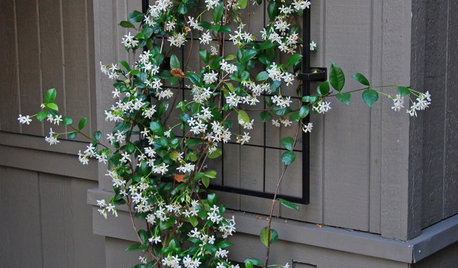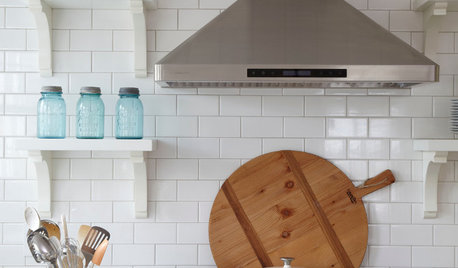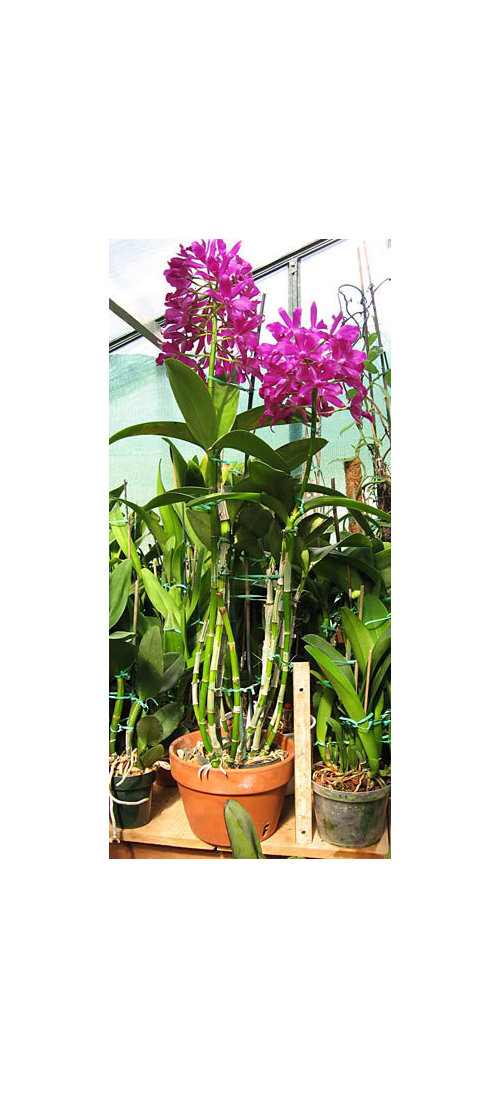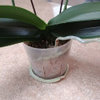C. Bactia 'Grape Wax' in full bloom
sdahl
16 years ago
Related Stories

GARDENING FOR BIRDSFeed the Birds: 6 Plants for Abundant Winter Berries
Be kind to your fair feathered friends during lean food times by planting a shrub or tree loaded with nutritious snacks
Full Story
GARDENING GUIDES6 Plants That Beat Butterfly Bush for the Wildlife Draw
It's invasive, a nonnative and a poor insect magnet. Check out these better alternatives to butterfly bush in the garden
Full Story
LANDSCAPE DESIGNNatural Swimming Pools: More Beauty, No Chemicals
Keep your skin and the environment healthy with a pool that cleans itself, naturally
Full Story
PLANTING IDEASGreat Garden Combo: Rose + Clematis for Small-Space Impact
We all need somebody to lean on. And when a rose supports a climbing vine, the results can totally transform a small garden
Full Story
FEEL-GOOD HOMEEasy Ways to Spruce Up Your Summer Vacation Rental
If your rented cabin, cottage or beach shack isn’t up to par, fear not. A few tweaks can make it more comfortable
Full Story
FARM YOUR YARDHow to Grow Vegetables in Containers
Get glorious vegetables and fruits on your patio with a pro’s guidance — including his personal recipe for potting mix
Full Story
LANDSCAPE DESIGNFind Yourself in an Epic Garden in the Shade
Feeling hot and tired gardening in the sun? The world of shade gardening beckons you to its cool mystery
Full Story
LANDSCAPE DESIGNSee 5 Unexpected Ways to Use Vines
Vines can grow over slopes, trail off pergolas and add seasonal color to the garden
Full Story
FEEL-GOOD HOMESimple Pleasures: Scent and Memory
Fragrant jasmine, fresh-brewed coffee, baking bread. Scents can evoke memories and bring sensory pleasure to our homes
Full Story
HOUSEKEEPINGMarch Checklist for a Smooth-Running Home
Get a jump on spring by spiffing up surfaces, clearing clutter and getting your warm-weather clothes in shape
Full Story









picotee_sofl
aachenelf z5 Mpls
Related Professionals
Fort Lee Landscape Architects & Landscape Designers · Milwaukee Landscape Architects & Landscape Designers · Oatfield Landscape Architects & Landscape Designers · Owings Mills Landscape Architects & Landscape Designers · Addison Landscape Contractors · Brooklyn Park Landscape Contractors · Fuquay-Varina Landscape Contractors · Hayward Landscape Contractors · Lakeville Landscape Contractors · Milton Landscape Contractors · North Canton Landscape Contractors · Northport Landscape Contractors · Peachtree City Landscape Contractors · Soddy Daisy Landscape Contractors · Norridge Landscape Contractorsolyagrove
Charm
Christopher (Dallas Garden) Miller
orchidflowerchild
Christopher (Dallas Garden) Miller
orchidflowerchild
Christopher (Dallas Garden) Miller
orchidflowerchild
Christopher (Dallas Garden) Miller
Matt G
Sheila
orchidflowerchild
orchidflowerchild
garlicgrower
jerry_meola
sdahlOriginal Author
Pam